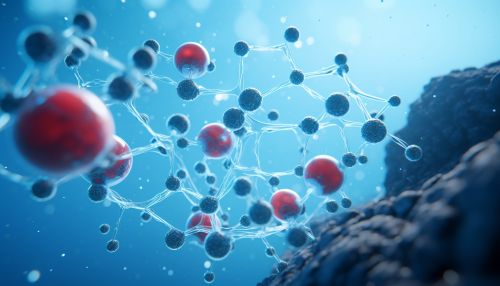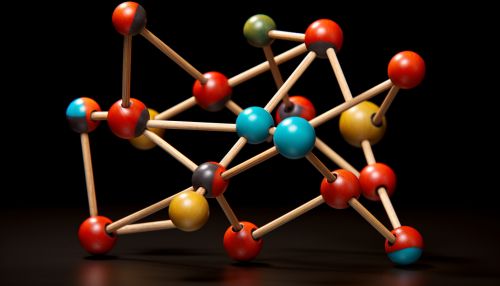Molecular Structure
Introduction
Molecular structure refers to the arrangement of atoms within a molecule. It is a key concept in the field of chemistry, specifically in the study of physical chemistry and organic chemistry. Understanding the molecular structure allows scientists to predict the properties, reactivity, and behavior of a molecule.


Atomic Bonds and Molecular Structure
Atoms form bonds with each other to create molecules. The type of bond formed between atoms significantly influences the molecular structure. The two primary types of atomic bonds are ionic bonds and covalent bonds.
Ionic Bonds
Ionic bonds occur when one atom transfers one or more electrons to another atom. This results in charged ions that are attracted to each other due to their opposite charges. The resulting ionic compounds typically form a crystal lattice structure.
Covalent Bonds
Covalent bonds occur when two atoms share one or more pairs of electrons. This type of bond results in the formation of molecules with specific shapes, determined by the number of electron pairs shared between the atoms.
Molecular Geometry
Molecular geometry, also known as molecular shape, is the three-dimensional arrangement of atoms in a molecule. It is determined by the number of bonding electron pairs and lone pairs of electrons in the molecule's central atom. The Valence Shell Electron Pair Repulsion (VSEPR) theory is commonly used to predict molecular geometry.
Molecular Models
Molecular models are physical or digital representations of molecules used to visualize their structure. There are several types of molecular models, including ball-and-stick models, space-filling models, and quantum mechanical models.


Molecular Symmetry
Molecular symmetry refers to the symmetrical properties of molecules. It is a fundamental concept in the field of group theory and its application to chemistry. Molecules can exhibit various types of symmetry, including rotational symmetry, reflection symmetry, and inversion symmetry.
Molecular Spectroscopy
Molecular spectroscopy is the study of the interaction of electromagnetic radiation with molecules. It is a powerful tool for determining molecular structure, as different types of molecular bonds and arrangements will absorb or emit radiation at different wavelengths.
Conclusion
Understanding molecular structure is crucial in many areas of science and technology, including drug design, materials science, and environmental science. It provides insight into how molecules interact with each other and their environment, allowing for the prediction and manipulation of their behavior.
